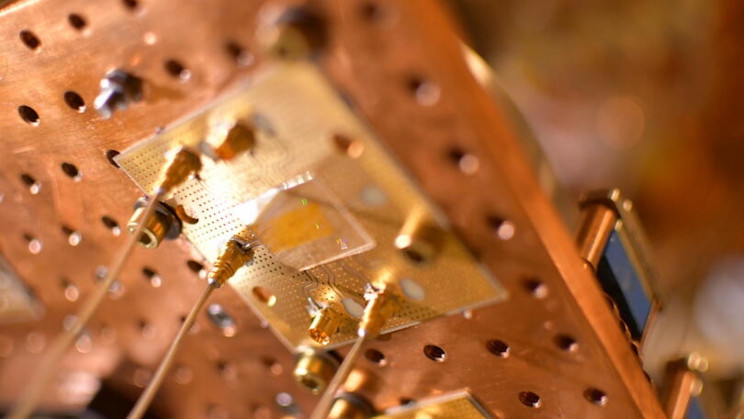A Revolutionary Discovery for Space Exploration
A groundbreaking discovery by researchers from the Chinese Academy of Sciences (CAS) and the Ningbo Institute of Materials Technology and Engineering has the potential to revolutionize space exploration. Scientists have successfully transformed lunar regolith, the fine-grained material covering the Moon’s surface, into water. This remarkable breakthrough could pave the way for sustainable lunar colonies by providing a vital resource for future astronauts.
Innovative Process: From Lunar Soil to Water
The team’s innovative approach involves heating lunar regolith to extreme temperatures to extract the hydrogen trapped within its mineral structure. This hydrogen is then combined with oxygen present in the regolith to produce water. The process, known as molten salt electrolysis, offers a promising solution to the challenge of sourcing water on the Moon—an essential resource for human survival as well as scientific research.
Implications for Future Lunar Missions
Moreover, this discovery has significant implications for future lunar exploration missions. By producing water from lunar regolith, astronauts could potentially reduce their reliance on Earth-based supplies, thereby making long-duration stays on the Moon more feasible and sustainable. In addition, the water produced could be used for various purposes, including drinking, hygiene, and even rocket fuel production.
Towards a Permanent Human Presence on the Moon
In conclusion, the successful conversion of lunar regolith into water marks a significant milestone in the pursuit of lunar colonization. As researchers continue to refine this technology, we may be one step closer to establishing a permanent human presence on the Moon.







